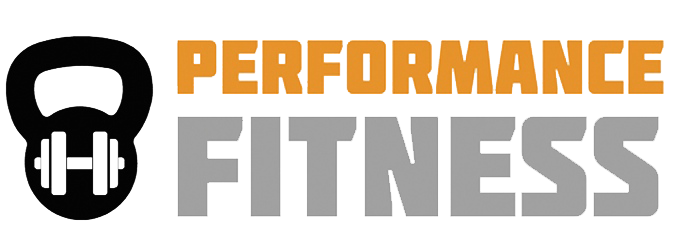Warming Up—It’s More Important Than You Might Think
 Warming up before exercising seems like a no-brainer. You know it’s important to prepare your muscles for the job they’re about to do. Warming up increases blood-flow to your muscles, allowing them to work efficiently and maximally. Warming up prevents injury, and from what I’ve experienced firsthand, and through my clients, no one wants to get injured. It sucks. Healing from an injury can take days, weeks or even months. This means missed workouts, lost gains and gained fat. Sounds depressing, huh?
Warming up before exercising seems like a no-brainer. You know it’s important to prepare your muscles for the job they’re about to do. Warming up increases blood-flow to your muscles, allowing them to work efficiently and maximally. Warming up prevents injury, and from what I’ve experienced firsthand, and through my clients, no one wants to get injured. It sucks. Healing from an injury can take days, weeks or even months. This means missed workouts, lost gains and gained fat. Sounds depressing, huh?
The question is, if you know all this, why can’t you get your butt to class on time, to enjoy the benefits of a good warm-up?
Maybe this post will persuade you.
I want you to imagine a pile of rubber bands—the kind your mail comes with, courtesy of your US Government mail carrier. Now imagine a pile of those freebie rubber bands in your freezer.
What happens if you remove one of the rubber bands and stretch it while it’s frozen stiff? That’s right. It breaks.
Your muscles aren’t rubber bands, but they do lengthen and contract much like rubber bands, and when they’re cold, they do not work optimally.
Now imagine that same frozen rubber band. You take it out of the freezer and let it thaw. Once it’s nice and warm you can stretch it and it won’t break. It’s been primed, prepped and yes—WARMED UP.
Some specifics:
The TIME you spend warming up should correlate with the DURATION of your workout. If you’re working out for an hour, spend ten minutes warming up.
The INTENSITY of your warm up should reflect the intensity of the workout. Don’t be afraid to move some weight. Just make sure it’s not so challenging that you can’t complete 20 reps without breaking a sweat.
The TYPE of warm-up you perform should reflect the type of workout you’re about to do. For example, you wouldn’t warm up for a strength training workout by doing fifty jumping jacks. Jumping jacks would aid a conditioning workout better. For a strength-based program, warm up with, say, prisoner squats, incline push-ups, spidermen and walkouts. Of course if your workout is going to be a mixture of strength and conditioning exercises, make your warm-up a mixture too.
Note that the higher your fitness level, the shorter you can make your warm-up, but don’t neglect it completely. Remember those rubber bands.
By now you’ve already gleaned that *part* of the reason for this post is to gently nudge you into taking your warm-ups seriously—to remind you how important it is to get to class on time so you don’t miss this vital portion of your exercise routine. Studies have shown that it’s far more important to warm up before a workout than it is to stretch afterwards. We’ll thoroughly explore the issue of stretching in a future post.
Warming up is not only beneficial for your body, but it benefits your mind as well, by preparing you for what’s to come. It gets you in the mood, so to speak. It can energize and motivate you, and give you time to set a goal—maybe to challenge yourself during sprints or to grab a heavier medicine ball than you’re used to.
Some words of warning regarding stretching as a warm-up—
If you assume that stretching alone is a viable warm-up, think again. Stretching cold muscles brings us back to the rubber band-in-the-freezer analogy. Stretching a cold muscle can cause strain, weakness and injury, which is that last thing you want—ever—but especially right before a challenging workout.
If you feel you must stretch before a workout—and I strongly advise that you don’t—you need to warm up in order to stretch, which, let’s face it, is like trying to clean your kid’s bedroom as he’s pulling every last toy off the shelves. It’s a ridiculous waste of time. And it’s not physically effective. It might not even be good for you. But if you insist, do it dynamically. In other words, don’t stand like a statue with your ankle in your hand stretching your quad in a static stretch for thirty seconds. Instead, opt for a series of slow reverse lunges or slow high-knees—something that incorporates MOVEMENT.
Now that you know how important warming up is, I hope to see you on time for class! And if you do have to be late–I do understand how life can get in the way–don’t expect to just jump right in without warming up. On the other hand, by showing up on time you’ll not only garner my unwavering approval and appreciation, but your body will thank you too. It may even perform better, allowing you to run faster, lift heavier, and look sexier in those skinny jeans.
